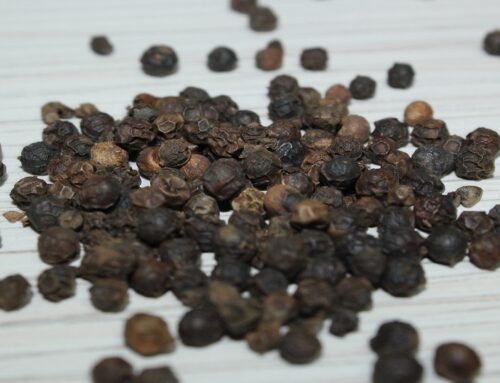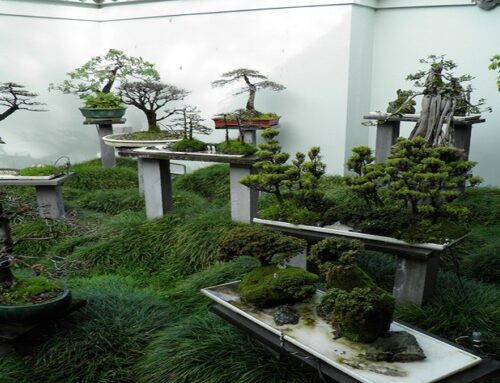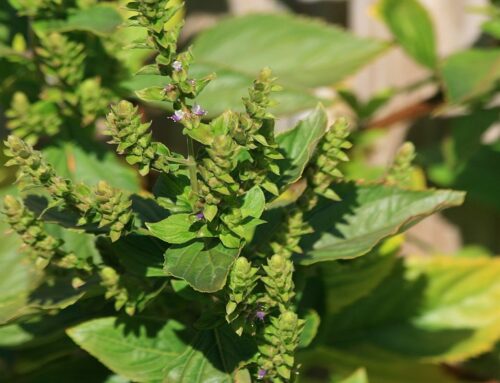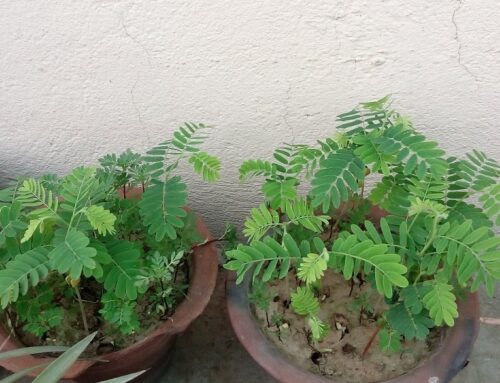Acceptance of a food depends on its attractive colours. Characteristic colour of raw food is due to its natural pigments. For processed foods, artificial colour is added during processing of foods.
Types of Food Colour: There are two types of food colours: Natural Colours and Synthetic Colours
Natural Colouring Matters: Natural colours based on chemical structure. These are: Carotenoids (yellow), Chlorophylls (green ), Flavonoids(red), Anthocyanin(blue), and Anthoxanthins(cream)
Natural Colours are: Chlorophylls, Carotenoids, Anthocyanins, Flavonoids, Anthoxanthins, Tannins, Quinones and Xanthones, and Betalains
Chlorophylls: Chlorophylls are green-coloured plant pigment which is fat-soluble and involved in photosynthesis. These are naturally present in leaf vegetables (cabbage, kale leaves, spinach, lettuce etc).
Carotenoids: Carotenoids are fat- soluble pigments which are orange- yellow in colour and are naturally present in carrots, pumpkins, mangoes, oranges etc. Most common carotenoids are lutein, neoxanthin, lycopene, capsanthin, bixin etc. Lutein and neoxanthin are abundantly found in green leafy vegetables; lycopene in tomato; capsanthin in red pepper and bixin in annatto.
Anthocyanins: Anthocyanins are red, blue and purple coloured water-soluble pigments. These are present in some fruits and vegetables. For example, colored grapes, red cabbages, colourful flowers etc. Anthocyanins naturally present in fruits are: pelargonidin, peonidin, petunidin and malvidin.
Flavonoids: Flavonoids are water-soluble polyphenolic substances and these occur as glycosides in nature. Flavonoids are more stable to heat and oxidation than anthocyanins. Flavonoids include the sub groups of flavanones, chalcones, aurones and biflavanyles. Naturally-occurring flavonoids are: flovonols, kamepferol, qucercetin and myricetin. Flavones and anthoxanthins gives yellowish white or creamy white colour to potatoes and cauliflowers. Flavanones occurring in citrus plants can be used as synthetic sweeteners also.
Anthoxanthins: Anthoxanthins are creamy yellow, creamy white or yellow-white in colour and are water-soluble. These are naturally occurring in some fruits and vegetables such as potatoes and cauliflowers. These are naturally occurring as glycosides.
Tannins: Tannins are either colourless or yellow in colour. Fruits and vegetables containing tannins, when exposed to air, turn brown in colour due to oxidation of tannins. Tannins are a complex mixture of polymeric polyphenols (tannic acid or gallotannic acid) and derivatives of flavones. Two types of tannins: Condensed tannins (catechins and related compounds) & Hydrolyzable tannins (gallicacid or gallotannins and ellagic acid or ellagitannins).
Quinones and Xanthones: These are pigments found in flowering plants, fungi, bacteria and algae. Its colour varies from pale yellow to black. Xanthones are yellow pigments; for example, mangiferin found in mangoes.
Betalains: Betalains are a group of red and yellow pigments. Naturally occurring in beet (Beta vulgaris), pokeberries and Bougainvillea flowers.
Natural food colours permitted as per the Fruit Products Order, India (1955) are: Cochineal, Carotene and carotenoids, Chlorophyll, Lactoflavin, Caramel, Annatto, Ratanjot, Saffron and Curcumin.
How to Use Synthetic Colours or Approved Coal Tar Dyes?
- Food colours/dyes should be pure and free from all harmful impurities
- Food colours/dyes should not contain more than 10 ppm of copper , 20 ppm of chromium, 1 ppm of aresenic and 10 ppm lead
- Food colours/dyes should satisfy all Government food safety regulations
- Strong sunlight, oxidation and reduction by metals like tin and zinc, and microorganisms may affect the colour of dyes; so care should be taken while using them
- Colours are generally available in the form of powders or ready- to- use solutions. The powder should first be made into a paste with a little cold water and the requisite quantity of boiling water added to the with constant stirring
- To prevent sedimentation, glycerine is usually added to the solution to increase its density. About 10 per cent glycerine is sufficient for the purpose
- Isopropyl alcohol also helps in increasing the solubility of the powder
- Food coloring process should be carried out in extremely hygienic conditions
Banned Colours
Metallic colours : Compounds of any of the metals, antimony, arsenic, cadmium, chromium, copper, mercury, lead, and zinc are not allowed to use in foods
Coal tar dyes/synthetic food colours: The following food colours are not allowed for human consumption
- Picric acid -Carbazotic acid
- Victoria Yellow-Saffron substitute, Di-nitrocresol
- Manchester yellow -Naphthol Yellow , Martius
- Aurantia -Imperial Yellow
- Aurine -Rosolic acid, Yellow coralline
Check out our publishing services here…
We publish top quality videos on various ‘Food & Agriculture’ topics. You may subscribe our video channel here…






